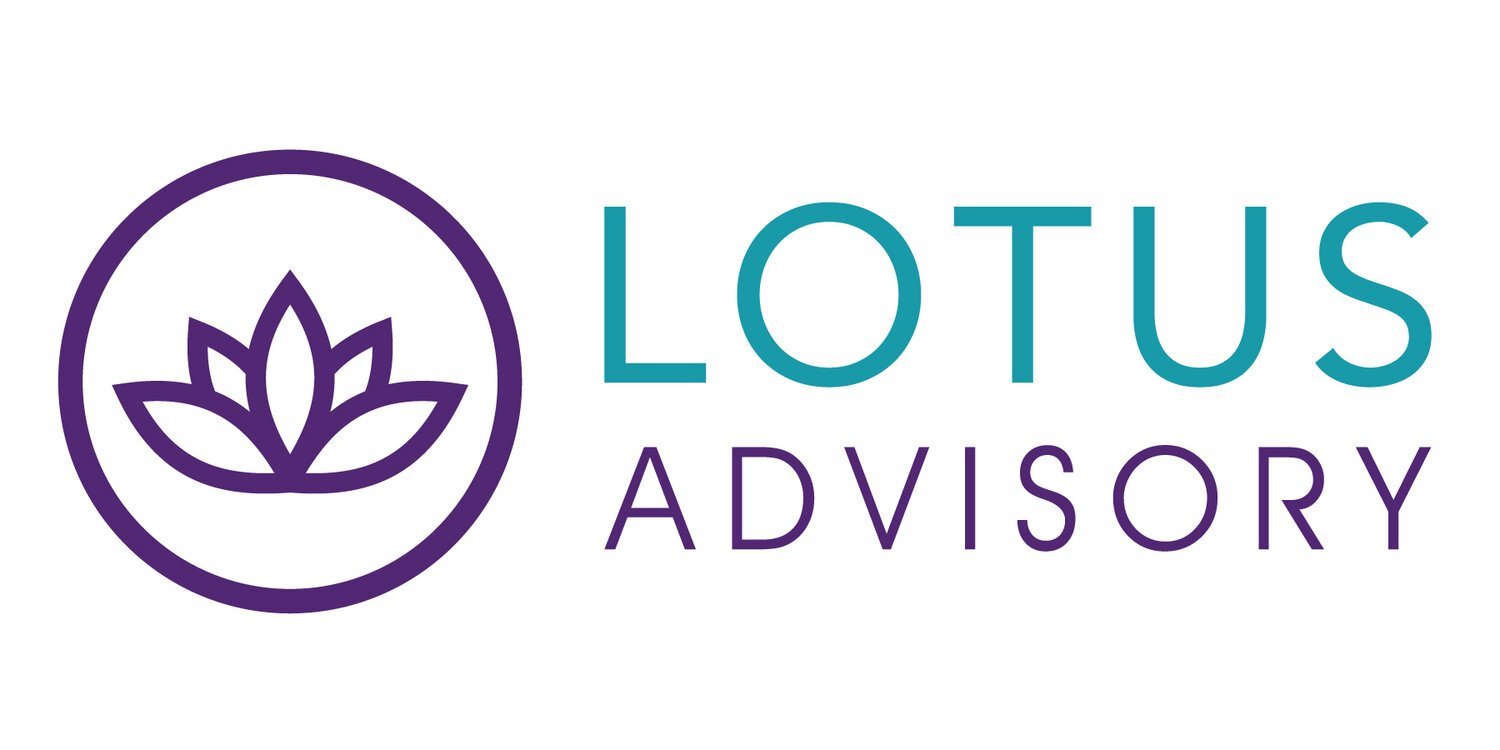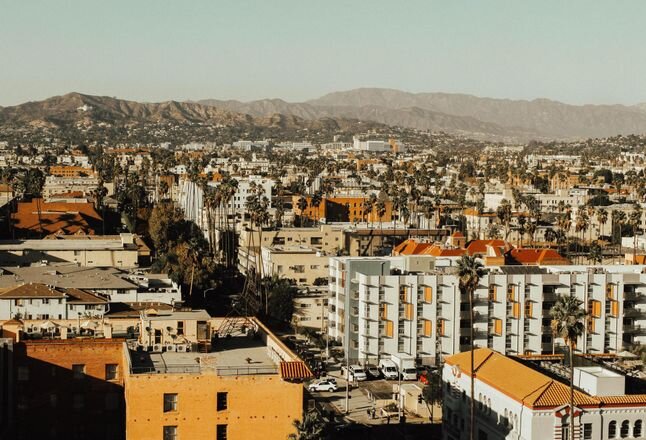BisNow
January 31, 2021
As a candidate during last year's presidential election, Joe Biden promised reforms to the opportunity zone program to prevent "billionaires [from exploiting] opportunity zones tax breaks to pad their wealth."
The promise of the U.S. government’s opportunity zone program to direct long-term investments to low-income communities has been criticized as a tax loophole that largely benefits investors who have steered the money to more affluent areas. In 2019, U.S. Sen. Tim Scott, the Republican from South Carolina who co-sponsored the bill that created the program, issued a program-ending warning to developers and investors targeting OZs.
The Biden administration has yet to tinker with the program, but real estate executives in California told Bisnow last week that Biden's adjustments will likely be welcomed, and many hope that the program will become more transparent.
“Biden is likely going to look to mend, not end, opportunity zones and try to find a way to respond to the legitimate criticisms,” CalOZ President Kunal Merchant said. “I think that gives investors a sense of comfort and stability that the program is going to return to its bipartisan roots.”
The onset of the coronavirus pandemic in 2020 boosted the program on a national scale as investors looked for places to park capital sidelined from the stock market.
In April 2020, professional services firm Novogradac & Co. reported that the 406 opportunity zone funds nationwide listed on its site had raised more than $10B in equity before March 13, the day President Donald Trump declared a national emergency due to the coronavirus. Four months later, 580 qualified opportunity zone funds had raised $12.05B.
At the time, California was the top state for OZ investments, with over $1.19B raised, or 15.9% of total equity raised nationwide, by Novogradac’s count. Though that is the most recent information available from the firm, anecdotally, fund managers and OZ experts told Bisnow they hadn't seen evidence that the arrival of a new presidential administration has had an effect on the program to date.
For Joan Kramer, principal and co-founder at Mountain Pacific Opportunity Partners, the last couple of quarters brought a notable increase in the number of people interested in working in opportunity zones with MPOP, which mainly works in California and the western U.S.
“We have seen a rise in investors engaged in and putting funds into OZ deals each quarter in 2020,” Kramer said. That trend continued for MPOP in 2021 to date.
In Kramer’s view, one reason why it had taken the OZ program awhile to gain traction was that there wasn't immediate clarity about the program and its regulations. The reforms that the Biden campaign outlined would work toward adding greater transparency to the program and where the money goes and into what kind of projects, or whether the program is achieving the goals lawmakers intended.
As it stands, the amount invested in opportunity zone funds is likely much higher than independent sites that track their progress indicate. Databases created by firms like Novogradac and organizations like the National Council of State Housing Agencies include information about OZ funds that elected to share information about their fund. There is no reporting requirement for that information attached to opportunity zone investments.


